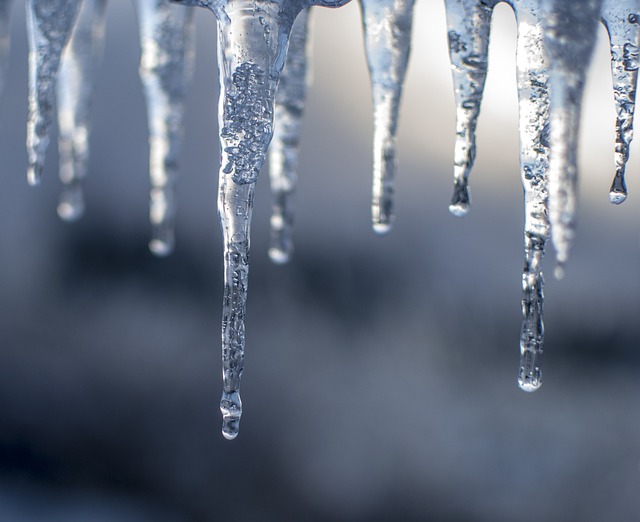Now is the right time to discover the most important global warming facts for kids. The release of carbon dioxide together with other heat-trapping gases (like carbon dioxide and methane) into the earth’s atmosphere gives rise to a phenomenon known as global warming. It so happens that the gases absorb the sun’s heat thereby acting like a dense cloud, leaving the planet warmer. The thick blanket of these gases is created by the burning of fossil fuels in power plants and in our cars.
Global Warming Facts For Kids
The most important greenhouse gas is CO2 which is discharged when fossil fuels like petrol, oil, and coal are burnt or when trees are felled or burnt. Most of the methane derives from the livestock for food.
Solar radiation reaches the earth from the sun and is absorbed by the surface of the earth. The radiation which the earth’s surface releases is in turn absorbed by the greenhouse gases in the atmosphere.
There is clear evidence that the earth’s temperature is on the rise and the atmosphere is getting warmer. In the last hundred years, the global average temperature has risen by 0.6o C.
The year 1998 is believed to be the warmest year, while the 1990’s the warmest decade ever recorded in the history of 1,000 years.
The increase in temperature causes ice to melt at a much faster rate. Since 1970’s, the Arctic ocean has thinned by about 40% and chances are that several ice sheets in the Antarctic are likely to disintegrate.
Scientists claim that in the last 100 years the sea level has risen by 10 – 20 cm globally.
The coral reefs in the Indian Ocean are most likely die out due to extreme water temperatures.

With the passage of time, the rapid change in climate turns out to be a major challenge for all of us in near future. The effect of this warming is growing to nearly unmanageable proportions, ranging from rising sea levels to the increasing risk of catastrophic flooding.
Global warming continues to become a serious and unprecedented issue as it can lead to simple drought situation, rapid change in climate, melting glaciers, and even dissemination of diseases.
The increasing global warming poses a significant risk on poverty reduction and is likely to undo the decades of development efforts. It goes without saying that the issue is global but the negative effects are more obvious in the poor people in under developed countries.
One of the major causes of global warming is the widespread deforestation which, if not addressed on time, might go out of the hands of the individuals concerned.
It seems likely that the level of CO2 will double by the year 2100.
Global warming has also affected the wildlife so much so that the ecosystems responsible for maintaining balance in respect to the local climate ranging from frozen Arctic tundra and hot dry desert in the tropics.
There was too little oxygen content in the earth’s atmosphere when the earth was born, perhaps less than 1% oxygen pressure.
During previous 100 years, the temperature of the seawaters mounted and the glaciers thawed out thereby causing the level of the seas all over the world to mount for almost four to ten inches. It all happens due to global warming.
The consequences of global warming can be extremely terrible. As the temperatures get higher, it results in famine and causing floods to annihilate plant life and natural world including people.
One of the adverse effects of global warming has already had its impact as the golden toads have become extinct from Costa Rica due to the climatic changes, according to World Wildlife Fund.
The glacier of Greenland named as ‘Ilulissat’, is being thawed out and going in seawaters more rapidly.
This is all because of global warming.
If the temperature of the world increases continually, it will give birth to harmful diseases in our planet.
These diseases will multiply quite easily due to global warming as the coldness of the temperature will not destroy them.
By the year 2040, the entire polar region of Arctic will become iceless for about 90 days in every 365 days because of increasing temperatures.


Leave a Reply